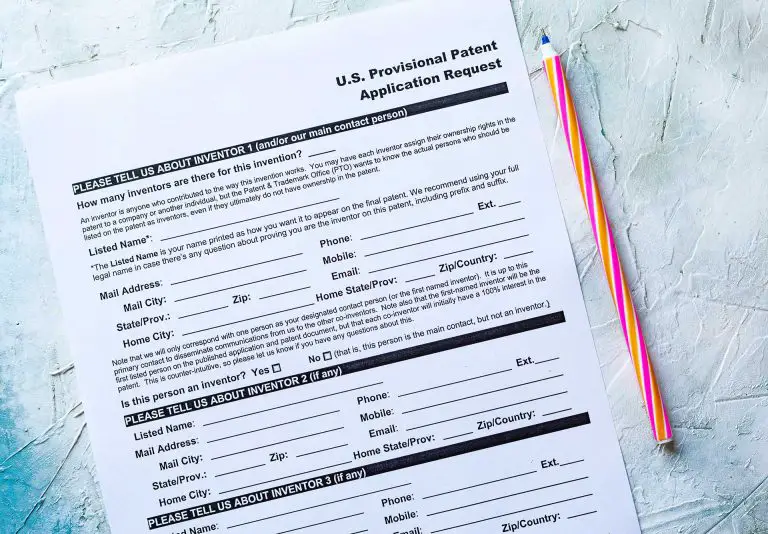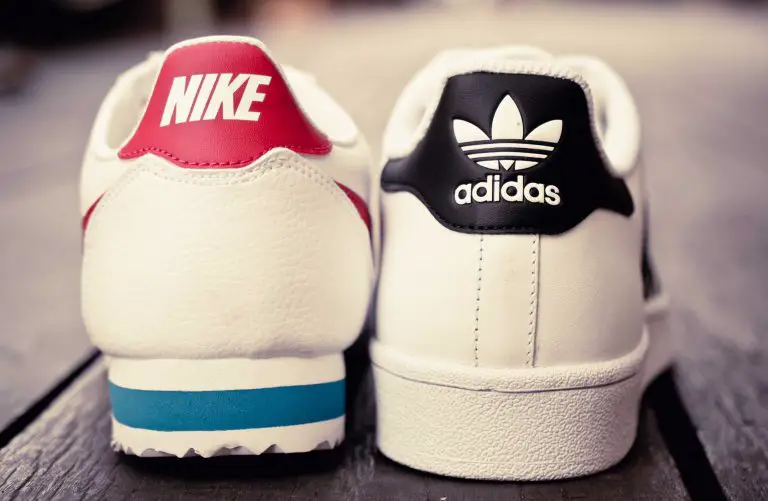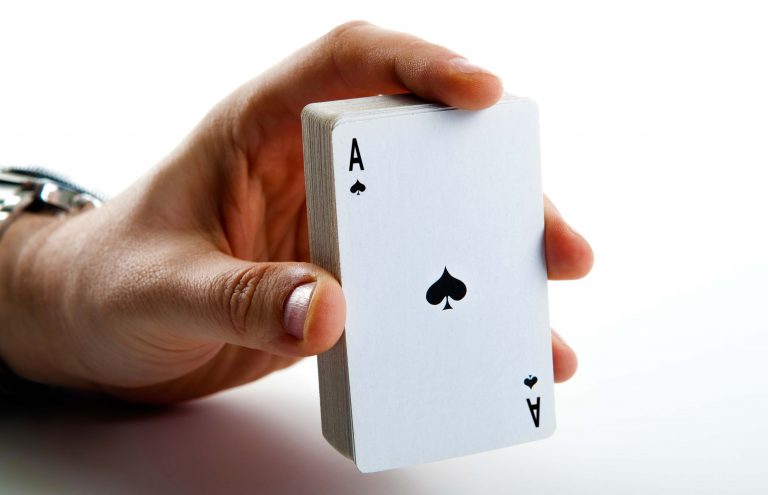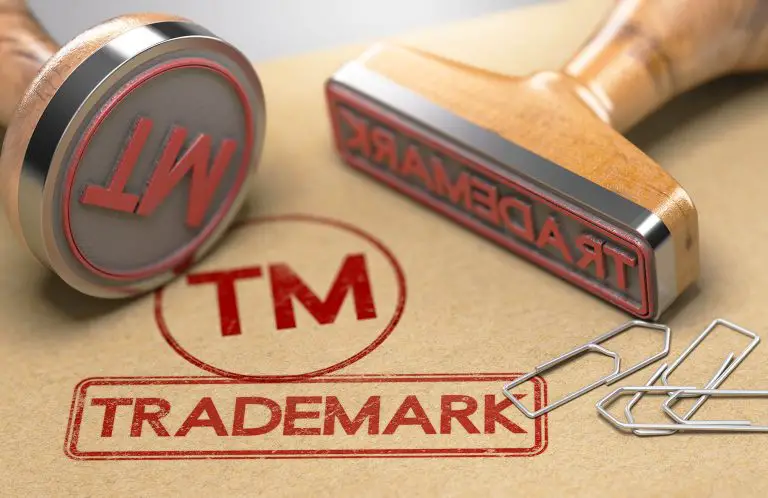How Long Does it Take to Get a Patent Pending
If you’re in the process of working on an invention, it’s probably crossed your mind that you want to label your invention as patent pending while you finish working or while you apply for your patent.
To get patent pending status all you have to do is file a provisional or nonprovisional (regular) patent application with United States Patent and Trademark Office (USPTO). Filing either of these will give you patent pending status immediately.
The moment you file a provisional or nonprovisional patent application with the USPTO, you will be able to immediately label your invention, its packaging, and accompanying materials with the words “patent pending.”
How Long Does Patent Pending Last?
Like we previously mentioned, you can label your invention or product as patent pending the moment you file your patent application. So, how long does it last? Patent pending status lasts until the patent office grants your patent or if you fail to file your non-provisional patent application with 12 months of filing your provisional application.
This is so because provisional application are placeholders in time only, they do not mature into a patent, so you will have to file a regular patent application to continue using your patent pending status.
If you file a non-provisional patent application within 12 months of filing your provisional patent application, you will be able to continue using your patent pending until the USPTO either grants or denies your patent application or you abandon the application.
If the USPTO grants your patent application (hopefully they do), you can no longer use the words patent pending, instead you can market it as “patented.” If on the other hand, the USPTO denies your application, you will have to stop using the words “patent pending” immediately.
That said, if you choose not to file a provisional patent application and instead file a regular, non-provisional patent application, you will also be able to immediately enjoy patent pending status, enabling to label your invention and its marketing materials with patent pending.
How to Use Patent Pending
You can use patent pending on your product or process once you have a pending patent application at the USPTO. To use the designation on your invention, you must have not abandoned your application and the patent office must not have yet granted your patent. Your patent pending status starts at the moment you file your patent application. To use patent pending, you can write it on your product or its materials. Below are some examples of how you can write patent pending.
Patent pending can be used for:
- Provisional Utility Patents
- Non-provisional Utility Patents
- Design Patents
- Plant Patents
How to Write Patent Pending on Product
You can indicate that your product or invention is patent pending by adding the following text to your product:
- Patent Pending ########
- Patent Pending
- Patents Pending
- Pat. Pend.
- Pat. Pend. ########
- U.S Pat. Pend.
- U.S Patent Pending
- Patent Applied For
What are the Requirements to File a Provisional Patent Application to Get a Patent Pending?
The cheapest and easiest way to get a patent pending is to file a provisional patent application. The USPTO charges $70 to file your PPA, just remember that your PPA will not be examined by a patent examiner, it only acts as a placeholder for a regular patent application. That said, when filing your PPA, you will need to include the following information:
- Cover Sheet
- A written description of the invention or product you’re seeking patent pending status
- Include any necessary drawings
- Pay the USPTO’s filing fees
The great thing about using a provisional patent application to secure patent pending status is that they do not require a detailed discussion of prior art (already patented inventions). Also, you will not need to make any claims for your invention, making claims is the most difficult part you’ll encounter while filling out a regular patent application.
When writing the description for your provisional patent application, you can use layman terms to describe your invention. You can and should use as much technical terminology as is necessary to describe your invention so that someone in the field of your invention can understand how to use your invention.
The description of your invention should include the following information:
- Descriptive Title for your invention
- Explanation of the purpose your invention serves
- Include & describe any drawings of your invention
- Describe the components and steps your invention takes to achieve its purpose
- Explain how your invention carries out the steps
- Explain how someone would use your invention
- Best mode of your invention
- Explain the advantages of using your invention
- Include any alternatives ways your invention can achieve its desired results
Filing your provisional patent application is the easiest and quickest way to secure your patent pending status, as well as securing an early filing date. By securing an early filing date, you are protecting yourself from subsequently filed patent applications that are the same or similar to yours.
You can file your provisional application by mailing your application and supporting materials via U.S Mail or by filing it online using the USPTO website.
If you file your application online, you can immediately begin using patent pending status because the USPTO will immediately confirm that it has received your application and it will assign a serial number to your patent application. You can use the serial number on your product.
That said, if you mail your application, do not use patent pending on your invention or product before you get a confirmation that the USPTO received your application.
Benefits of Patent Pending Status
The main benefit of having patent pending status is that it allows you to market your product or invention to investors as a patent pending product, making it more attractive to them because the status gives you credibility and shows that you’re proactively seeking legal protection.
The second benefit is that you will no longer have to make third parties, such as people helping you with your invention or investors to sign non-disclosure agreements (NDA).
The third benefit of having patent pending status is that it affords you more time to work on and perfect your invention before filing a regular patent application, which is very time consuming and has strict requirements that must be follow to a T.
Now that we’ve covered the benefits of patent pending status, does patent pending status offer any legal protection?
Patent Pending Protection
While your patent is pending, you generally do not have any legal rights, meaning you cannot sue someone for infringing upon your patent because you don’t have a patent yet.
That said, if the USPTO grants your patent application, you will be able to sue someone who infringes upon your patent in Federal Court. When suing, you can recover damages that you sustained while your patent is pending. This is so because once your patent is granted, it’s effective from your earliest filing date.
Once you’re patent issues and is no longer pending, you will be able to restrict others from using, making, selling, or importing your invention without your permission.
Patent Pending Notice
You can use the patent pending on your product, marketing materials, website or other materials that are related to your patent pending product. Even though you aren’t required to label your product as patent pending, labeling them is a good idea because it warns third parties that you have filed a patent application for your product and that you may receive a patent for it. This sends a message to third parties that want to copy your product that they may be liable for damages if they copy your product.
When Can’t you Use Patent Pending
You cannot use patent pending on your invention or product if you or your attorney has not applied for a provisional or nonprovisional patent. Also, you should not use patent pending if the USPTO denies your patent application. You can only use patent pending while you’re waiting for the patent office to approve or deny your application.
Do not use patent pending in the following situations:
- USPTO has issued a final rejection of your patent application
- You have abandoned your patent application
- The USPTO has granted your patent
- You have simply contacted an attorney to fill out your application
- You have only drafted your patent application and have not yet filed it
Using patent pending on your products in any of the previously mentioned situations is against the law. See 35 U.S.C 292 (False Marking). Also, you may be subjected to paying a penalty of no more than $500. So, make sure that you’re only marking products or processes that are covered by your application as patent pending.
Also, make sure that the patent pending notice is true and accurate, you should place the notice in visible area, such as the product itself, product packaging, marketing marketing materials, websites, or any other places related to your product.
How Long Can a Patent be Pending
Patents usually remain pending for 1 to 3 years. However, it’s not unheard of for some patents in congested technology groups (example: software patents) to remain pending for 3 to 5+ years until the USPTO either grants the application or the applicant abandons the application.
Things to Remember
Filing a non-provisional patent does not always result in a patent. The USPTO can deny your application for a variety of reasons. Although some countries will give you a patent for almost anything, the U.S is not one of those countries. The USPTO currently (2019) has 554,756 patents pending, so the processing times are pretty long, with the average patent taking 24+ months to be approved. So, your patent may be pending for 2 years before it’s actually approved.
Frequently Asked Patent Pending Questions
1) Can I label my product as patent pending while I prepare to file my patent application?
Absolutely not, you should not label your product as patent pending before filing your patent application with the USPTO. Labeling your product as patent pending without having filed your patent application is against the law and you are subject to a $500 fine.
2) Can I sue someone who’s selling a product that similar to the one I have a patent pending for?
While your patent is pending, you cannot sue for patent infringement, you will only be able to sure if the patent office grants your patent application. When the USPTO grants your application, you will be able to restrict others from using, making, selling, and importing your invention without your express consent.
3) Should I sell my product before getting a patent pending?
Protecting your product by first applying for a patent is the best thing to do before selling your product. You should consult with your attorney to ensure that your product does not infringe on another person’s patent.
4) What is a provisional application for a patent?
A provisional patent application offers a way to get your patent pending status. However, provisional patents only give you 12 months of patent pending status, to extent your patent pending status, you have to apply using a non-provisional (regular) patent application.
Time it Takes to Get Patent Pending
We hope that this article answered any questions you had about how long it will take you to get patent pending status for your invention. We covered many of the most frequently asked questions about the time required for patent pending, as well as the requirements for a patent pending. As you know by now, you can get patent pending status fairly quickly by filing a provisional or nonprovisional patent application with the USPTO. If you have any general questions or comments, please feel free to leave them below.








